Although most of us manage to make it through that first day back at work after a vacation, for example, what about the less urgent stuff? What happens on week three after leaving off your training plan, diet, or whatever good thing you’re doing for yourself? Or, in the case of the self-employed artist, walking back into your mess of a studio after some time away, stacks of blank canvases staring reproachfully from the closet.
Luckily, there’s a solution to all that, at least one that seems to work for me.
Read More
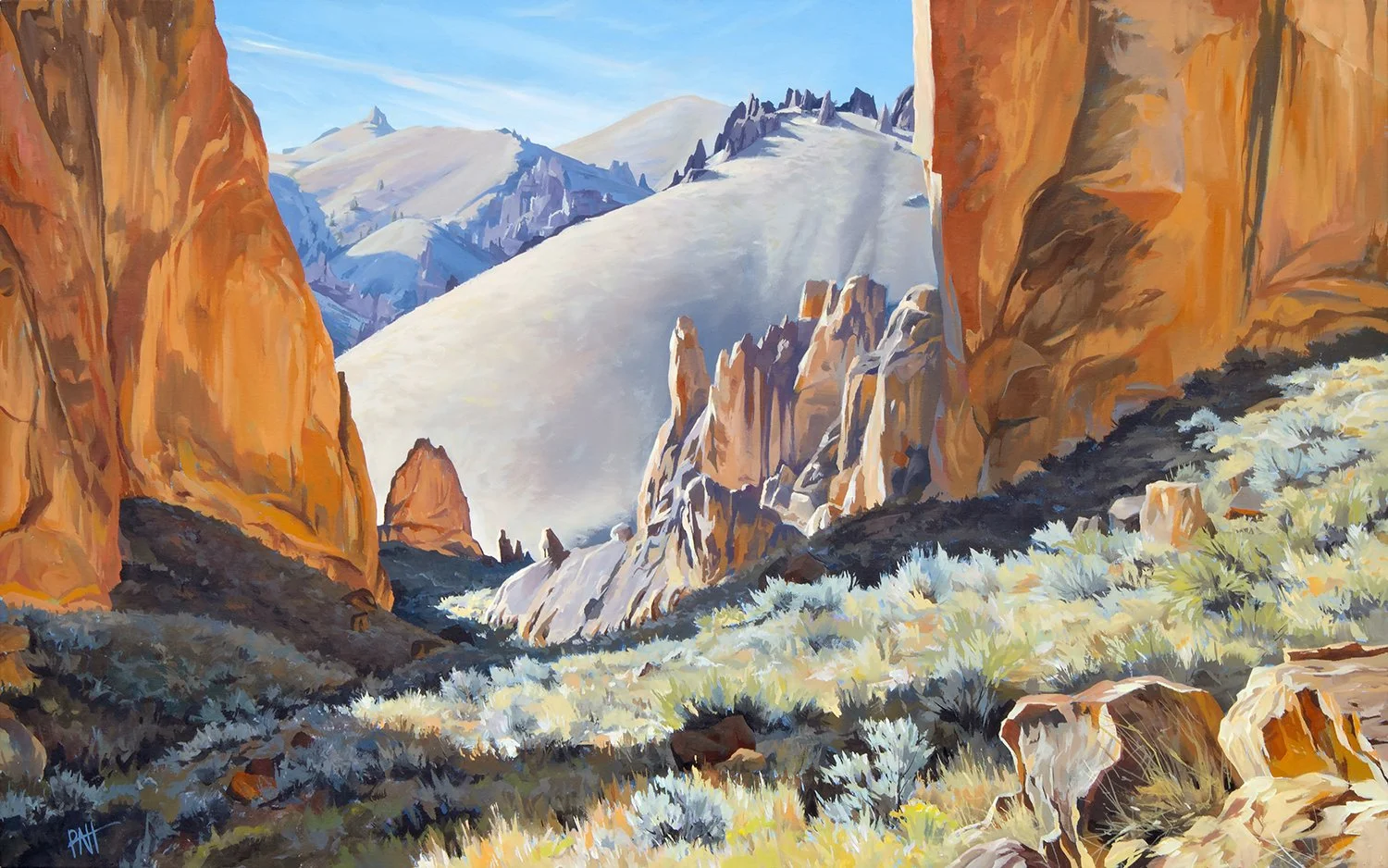






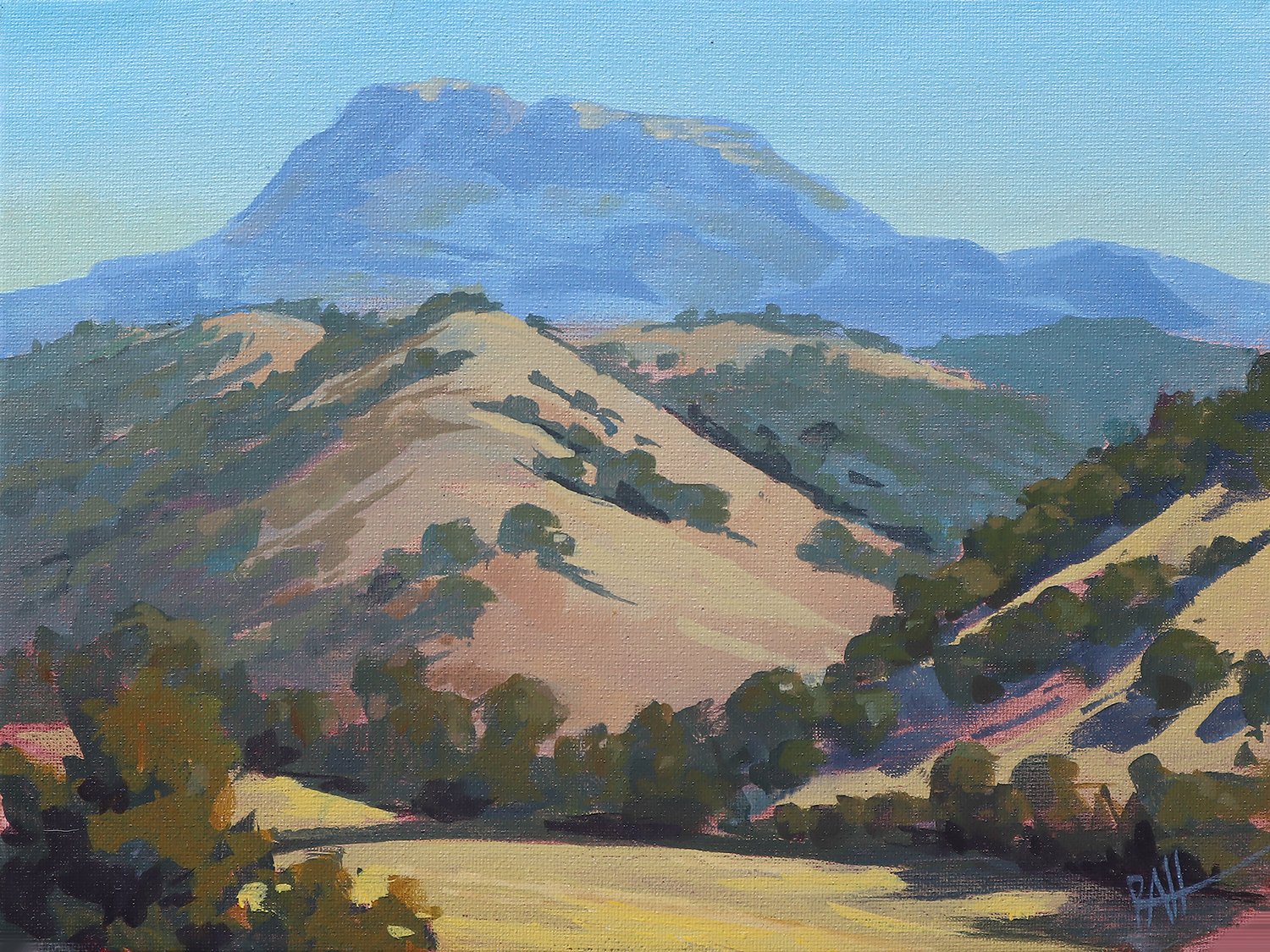









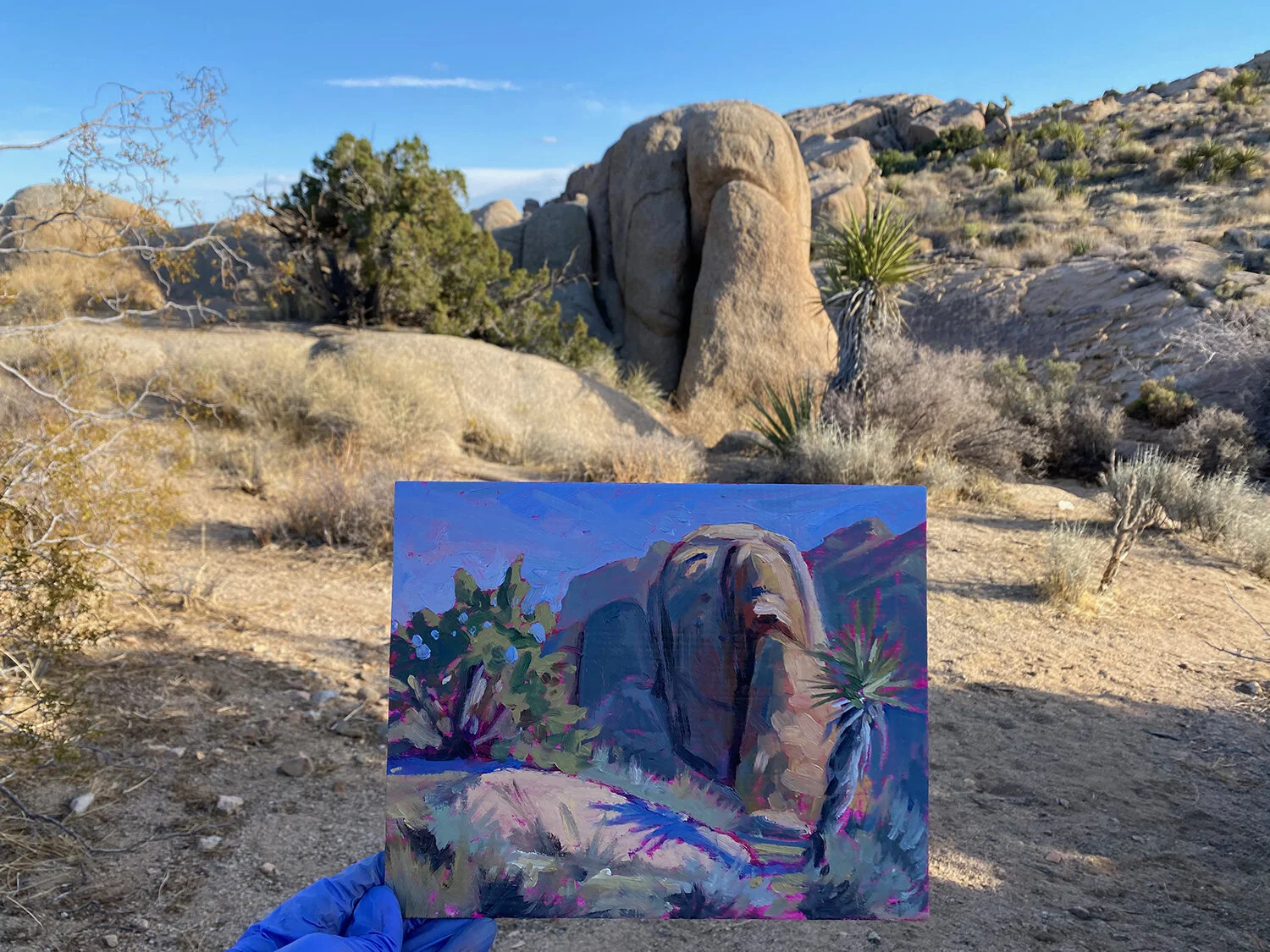






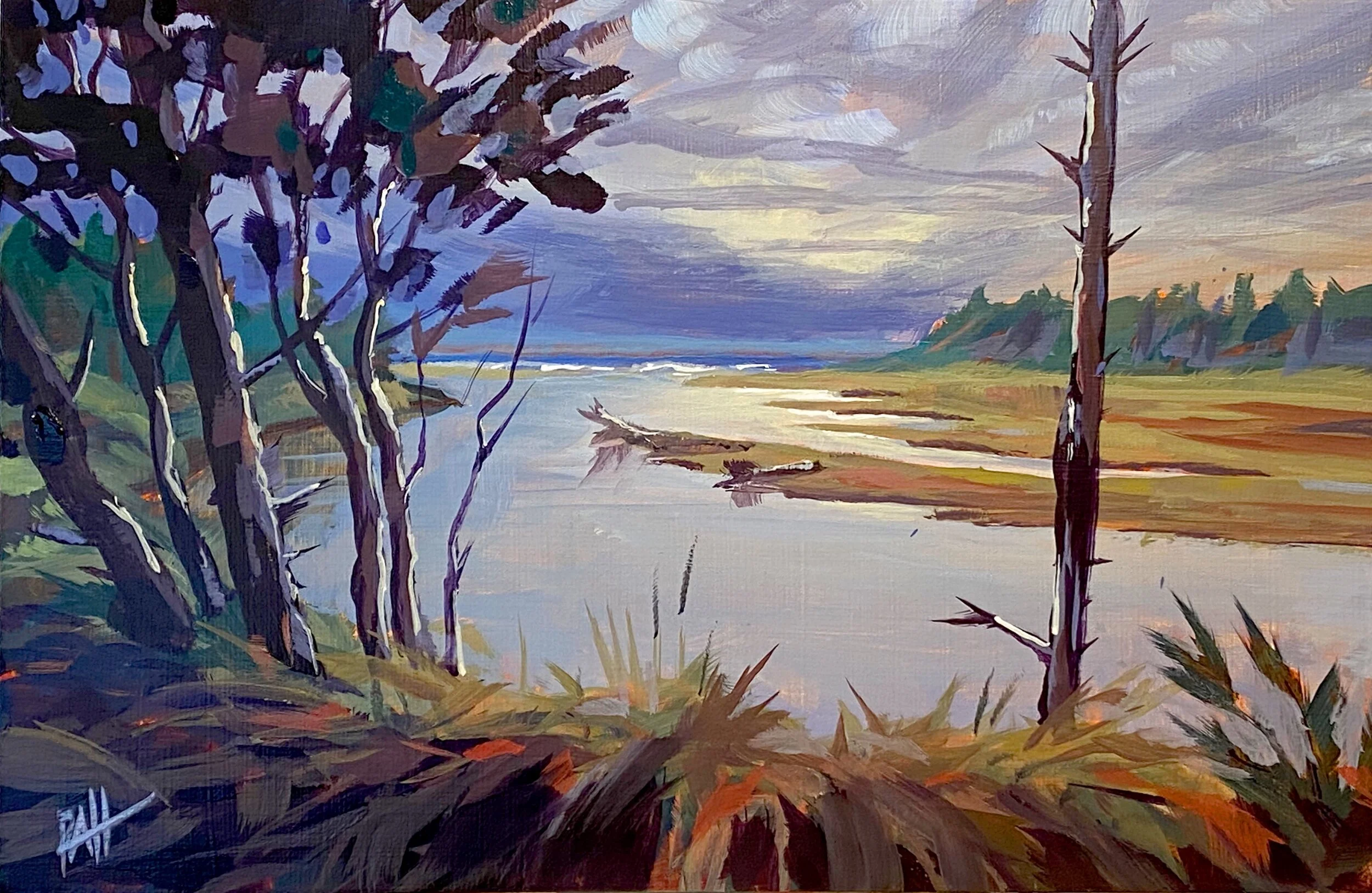



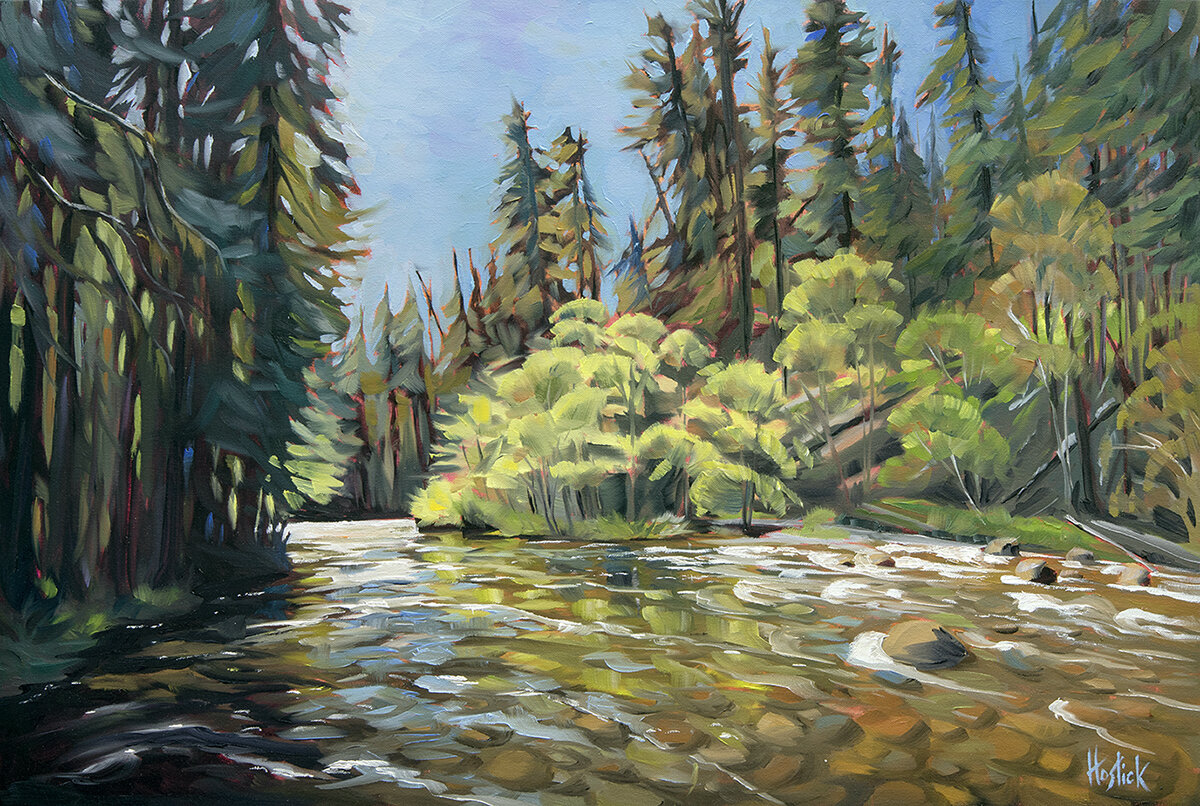

Although most of us manage to make it through that first day back at work after a vacation, for example, what about the less urgent stuff? What happens on week three after leaving off your training plan, diet, or whatever good thing you’re doing for yourself? Or, in the case of the self-employed artist, walking back into your mess of a studio after some time away, stacks of blank canvases staring reproachfully from the closet.
Luckily, there’s a solution to all that, at least one that seems to work for me.